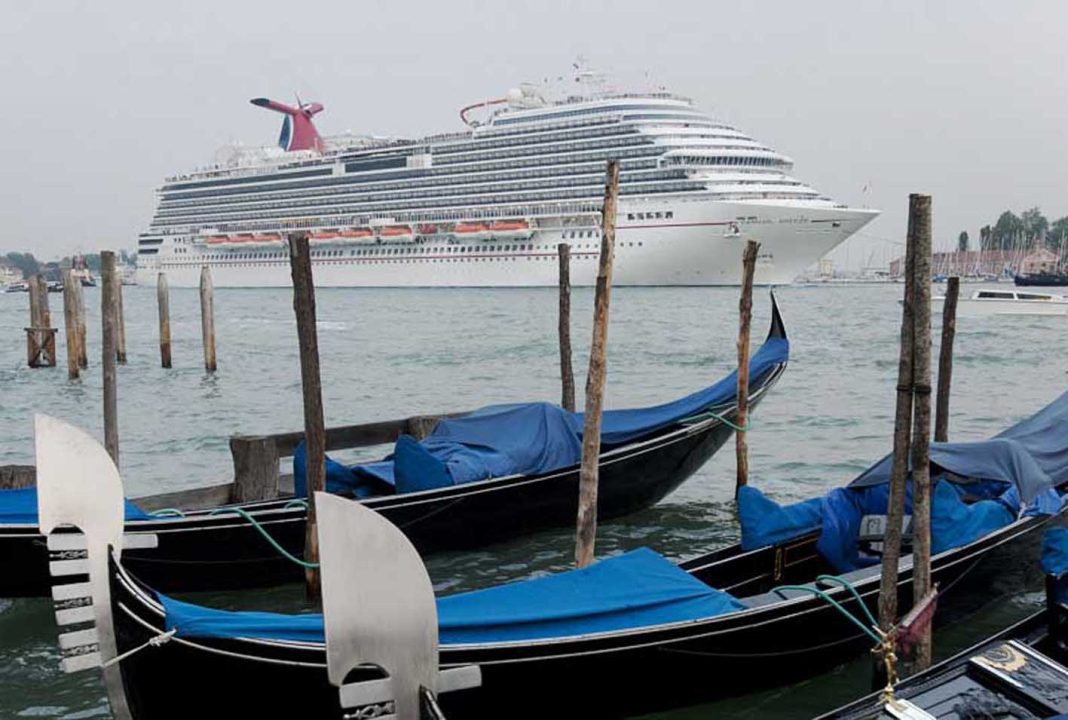The first cruise ship to attempt to sail through Venice’s canal after a 19-month pandemic-enforced break was greeted by hundreds of protesters, with many sailing out in small boats to meet the giant ship in July 2021.
The government has responded to local and international concerns and banned ships of more than 25,000 tonnes from entering the famous Giudecca Canal.
The Giudecca Canal also runs along the iconic Piazza San Marco and, as of 1 August 2021, the ships will have to dock at the nearby industrial port of Marghera.
The ban will also block entry to ships which release more than 0.1 percent sulfur, are more than 180m long or taller than 35m.
This move has also helped stop the city from being added to Unesco’s list of World Heritage sites in danger. Ships passing through St Mark’s Basin and the Giudecca Canal were one of Unesco’s concerns.
Activists are also worried that the giant cruise ships travelling through these canals would damage the bottom of the famous lagoon. This is concerning because Venice is already threatened by climate change and rising sea levels.
The Unesco committee has asked the Italian government to submit an update on its attempts to protect the city from the negative impact of tourism, by 2022.
Non-governmental groups, working alongside Unesco, have also cited urban development and management of cultural resources as concerns, in addition to too much tourism.
There are currently around 50,000 residents in Venice. But in 2019, before the pandemic, it was visited by 25 million tourists, and every year around 1,000 Venetians choose to leave the city.


